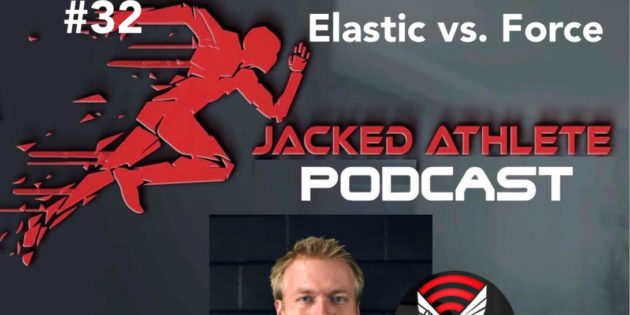//html5-player.libsyn.com/embed/episode/id/17833130/height/360/theme/legacy/thumbnail/yes/direction/backward/
https://podcasts.apple.com/us/podcast/jacked-athlete-podcast/id1462537296
Joel’s Initial Vertical Jump Training
“Age 10, I was doing wall sits. And it’s actually worked… for a while.”
“Did Air Alert, got 2 or 3 inches doing that and then that faded pretty quick.”
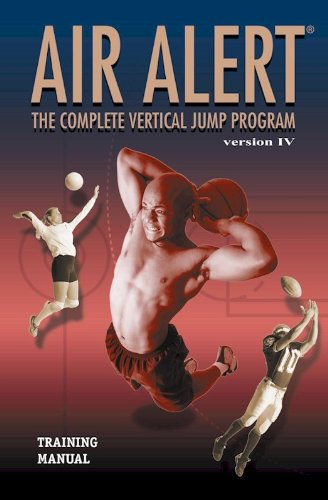
“Then I stumbled across The Science of Jumping book when I was 16… I went up 5-6 inches… depth landings, depth jumps, single leg depth jumps, and blast it.”
Why these worked: “As long as you stimulate the body to a level that it hasn’t been stimulated before, even if it’s a crap stimulus.”
Elastic vs. Force Jumping
For elastic athletes: “Your muscle’s main job is to get everything into alignment as fast as possible more so that it’s job is to create power.”
“A lot of times, elastic athletes aren’t great deep squatters.”
Neurological threat perception: “If I’m built to squat, my body likes it, my brain likes it, I get a dopamine boost out of it.” “If I’m not built to squat, the joints get put in unfavorable positions, body and brain doesn’t like that, and it’s actually going to shut you down.”
“How much do you bend your knees when you jump?” Not much knee bend, probably more elastic. If I bend my knees more and I’m on the ground for longer, more of a muscle driven jumper.
“There are good athletes who are more muscle-driven who can get up off one leg just because they’re good technically.”
“The best one leg jumpers are all elastic.”
Backside vs. Frontside Dominance
“Movement is sensory-driven. I have to sense to have good technique… If I can’t sense where my foot is in space, my nervous system isn’t going to let me do anything because I’m going to hurt myself.”
“You have sensation on the front side of the body and you have sensation on the backside of your body.”
Frontside: More power, muscle-driven, they tend to operate more in front of themselves.
Backside: Jordan Kilganon… “his arms come behind him, in the space behind him more than just about anybody.”
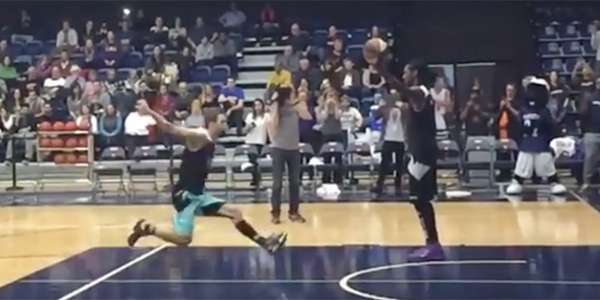
“To jump off one leg, you have to have good mastery of that backside map.” Hamstring, calf, glute.
“If you don’t have good sensation, you can kind of just dig your feet in early and take advantage of your quads.”
“Elastic and having good sensory behind yourself is kind of synonymous.”
“Being muscle-driven and having the motor map on the front is kind of the same thing.”
“The real elastic guys and girls tend to have a narrow ribcage.”
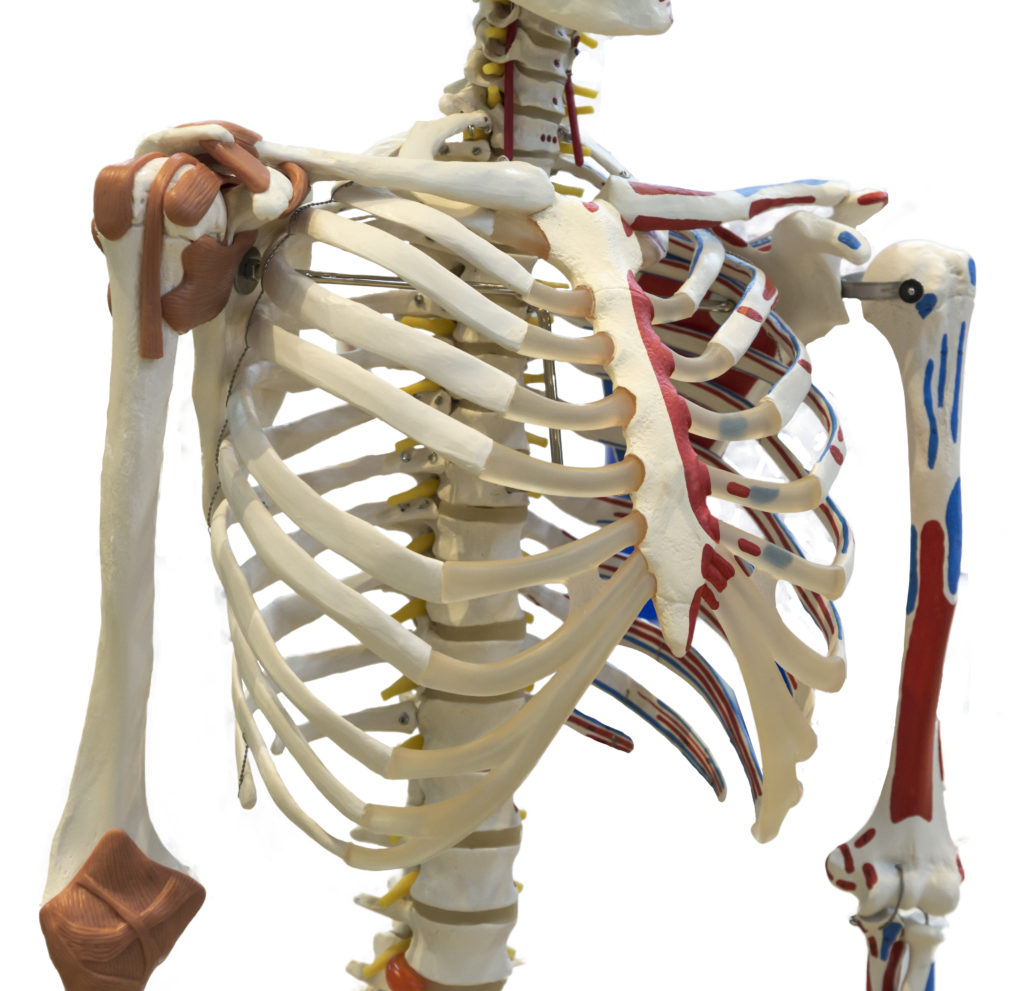
Lifting for Vertical Jump
“First, lifting is the anti-toxin. Two, it’s the energy system contrast.”
Article: Max Effort Beast Mode (MEBM)
“If the muscle is getting stronger, the body will make the tendon stronger.”
Heavy squats: “For elastic athletes, you just don’t go down as far.” “Someone who is super bouncy and elastic, they just do better with partial squats.”
“Every athlete should aim to have more motor sensory ability on the backside of their body. If you do not have it, you will muscle movements.”
“Athletes who are more elastic are usually good in the crab walk.”
Jumper’s Knee
“You have to get joints to move.” “If you don’t get calcaneal eversion, you are setting yourself up for a huge negative chain up the chain.”
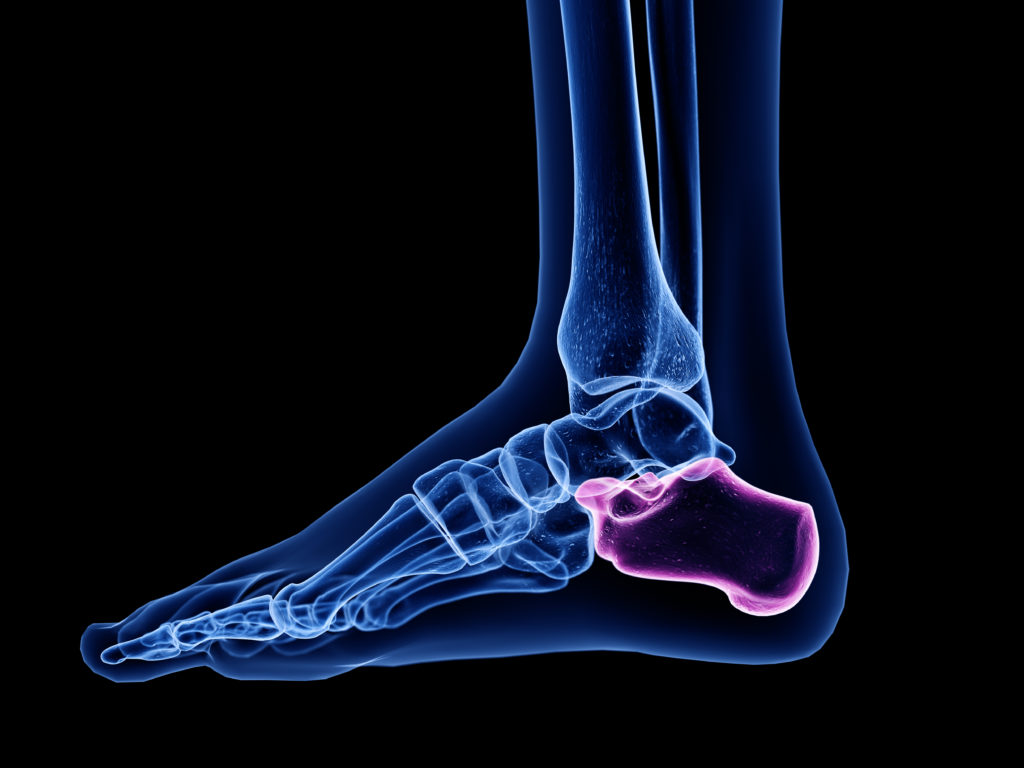
“That cascade of internal rotation is what mitigates the stress on these joints.”
Why we lose eversion: 1) Injury. Past ankle sprains. 2) Posture. Your hip position will impact hip rotation. Pronation is a total body thing. 3) Footwear. A sinkhole can develop in your shoe at the heel. “That can actually desensitize your calcaneus.”
Just Fly Sports IG
Just Fly Sports Twitter
Just Fly Sports Website
